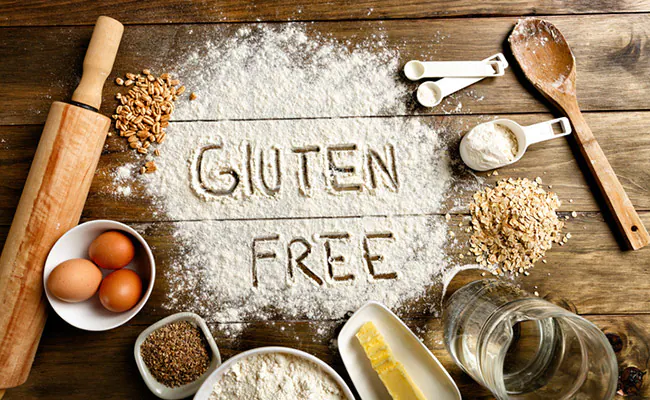Title: Understanding of Celiac Disease: A Comprehensive Guide to the Gluten-Free Diet
Introduction
Celiac illness is an immune system problem described by a allergy to gluten, a protein tracked down in wheat, grain, and rye. When individuals with celiac disease consume gluten, their immune system responds by damaging the small intestine's lining, leading to various health complications. Managing celiac disease involves strict adherence to a gluten-free diet, which is crucial for alleviating symptoms and promoting overall well-being.
The Basics of Celiac Disease
Celiac disease affects approximately 1 in 100 people worldwide, though many cases remain undiagnosed. The condition can manifest at any age, and its symptoms vary widely, making diagnosis challenging. Normal side effects incorporate stomach torment, bulging, loose bowels, weakness, weight reduction, and supplement lacks. Long-term complications may include osteoporosis, infertility, and an increased risk of certain cancers.
Diagnosis and the Importance of a Gluten-Free Diet
Diagnosing celiac sickness includes a blend of blood tests, hereditary testing, and a small digestive system biopsy. Once diagnosed, the most effective treatment is a strict gluten-free diet. Removing gluten from the diet allows the small intestine to heal, alleviating symptoms and preventing long-term complications.
The Gluten-Free Diet Plan
Embracing a without gluten way of life requires cautious consideration regarding food decisions and fixing marks. Here is a comprehensive guide to help individuals with celiac disease navigate their daily diet:
1. Gluten-Free Grains: Replace wheat, barley, and rye with gluten-free alternatives such as rice, quinoa, corn, millet, and oats labeled as gluten-free (since oats may be cross-contaminated during processing).
2. Fruits and Vegetables: Fresh fruits and vegetables are naturally gluten-free and should form the basis of a celiac-friendly diet. However, be cautious with canned or processed varieties, as they may contain hidden gluten.
3. Protein Sources: Focus on lean proteins like poultry, fish, eggs, and legumes. Avoid processed meats that might contain gluten-based additives or preservatives.
4. Dairy: Most dairy products are gluten-free, but individuals with celiac disease should be cautious of flavored or processed dairy items, as they may contain gluten-containing ingredients.
5. Gluten-Free Flours and Baking Ingredients: Experiment with gluten-free flours such as almond flour, coconut flour, and rice flour for baking. Consider using xanthan gum or guar gum as binders in recipes.
6. Processed Foods: Carefully read labels on packaged foods, as gluten can hide in sauces, condiments, and processed snacks. Many gluten-free alternatives are available, but it's essential to choose those labeled explicitly as gluten-free.
7. Cross-Contamination: Prevent cross-contamination by using separate cooking utensils, cutting boards, and toasters for gluten-free and gluten-containing foods. Educate family members and housemates about the importance of avoiding cross-contact in shared kitchen spaces.
8.Eating Out: When dining at restaurants, communicate your dietary needs to the staff and choose establishments with a clear understanding of gluten-free preparation. Verify ingredients with the chef and opt for naturally gluten-free dishes.
Conclusion:
Managing celiac disease involves a lifelong commitment to a gluten-free lifestyle. With careful planning, education, and diligence, individuals with celiac disease can lead healthy, symptom-free lives. It is crucial to stay informed about gluten-free alternatives, read labels diligently, and seek support from healthcare professionals and support groups to navigate the challenges of living with celiac disease.


You must be logged in to post a comment.